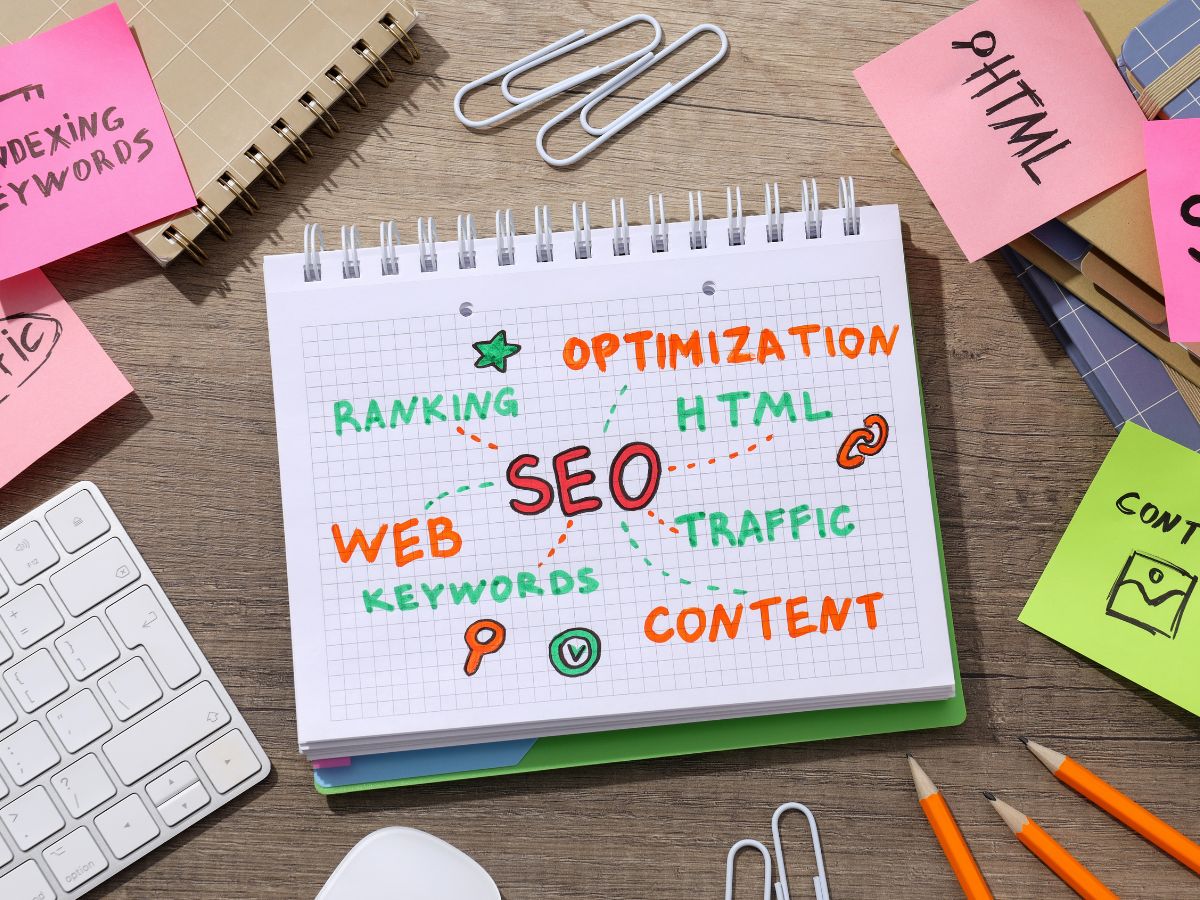Effective SEO Optimization Strategies for 2025
Search Engine Optimization continues to evolve at a rapid pace. As search algorithms become more sophisticated, SEO strategies must adapt to keep pace. Here's a comprehensive guide to effective SEO optimization for 2025.
Understanding Search Intent
Google's algorithms now focus more on understanding user intent rather than just matching keywords. This means content must address the true needs behind search queries.
The four main types of search intent are:
- Informational: Users looking to learn something (e.g., "how to build a website")
- Navigational: Users trying to reach a specific website or page
- Commercial: Users comparing options before making a decision
- Transactional: Users ready to buy, sign up, or take action
Content that aligns with the right search intent increases its chances of ranking and driving qualified traffic.
Core Web Vitals and Page Experience
Google's Page Experience update emphasizes the importance of technical performance and user satisfaction. Key metrics include:
- Largest Contentful Paint (LCP): Measures loading performance
- First Input Delay (FID): Evaluates interactivity
- Cumulative Layout Shift (CLS): Gauges visual stability
Optimizing these not only boosts rankings but also reduces bounce rates and increases user engagement.
E-A-T: Expertise, Authoritativeness, Trustworthiness
Google uses E-A-T principles—especially for YMYL (Your Money or Your Life) content like finance, health, and safety—to determine content quality:
- Expertise: Is the author qualified on the subject?
- Authoritativeness: Is the site recognized as a reliable source?
- Trustworthiness: Is the content honest, accurate, and transparent?
Boost E-A-T by publishing high-quality content, including author bios, citing trusted sources, and earning positive reviews.
Content Depth and Comprehensiveness
Thin or shallow content rarely ranks well. Google rewards content that is comprehensive, relevant, and user-focused.
This doesn’t always mean longer is better—concise yet in-depth content that answers users’ questions efficiently often performs best.
Mobile-First Indexing
Google now uses your website’s mobile version for indexing and ranking. Ensuring mobile usability is essential:
- Ensure fast page load speed on mobile
- Use responsive design and mobile-friendly navigation
- Avoid intrusive popups and interstitials
- Test mobile compatibility with tools like Google’s Mobile-Friendly Test
Local SEO Optimization
For local businesses, local SEO is critical for visibility in area-specific searches. Key strategies include:
- Claim and optimize your Google Business Profile
- Maintain consistent NAP (Name, Address, Phone) information
- Collect genuine customer reviews
- Create localized content and service pages
- Earn backlinks from local directories and websites
Voice Search Optimization
With the rise of smart assistants, optimizing for voice search is a growing opportunity:
- Use conversational keywords and natural language phrasing
- Answer frequently asked questions clearly and concisely
- Target featured snippets to increase voice search visibility
- Optimize page speed, as fast-loading pages rank better for voice queries
Conclusion
SEO in 2025 demands a holistic approach that blends technical performance, high-quality content, and user-centric design. By focusing on these strategies, you can enhance your site’s visibility, build trust, and attract sustainable organic traffic.
Pro tip: Treat SEO as a long-term investment. Consistency, testing, and adaptation to algorithm changes are key to staying ahead and growing your digital presence over time.



